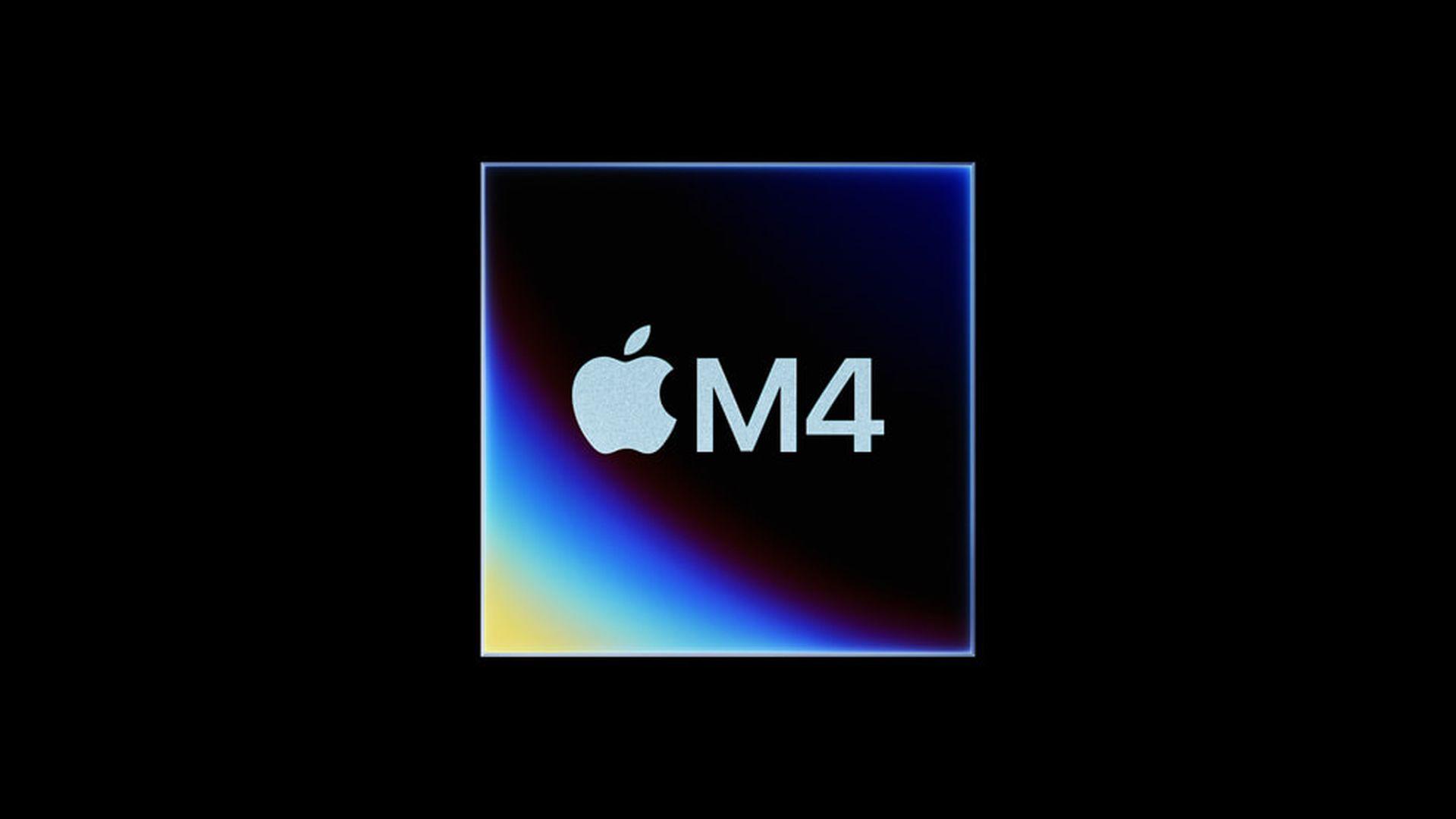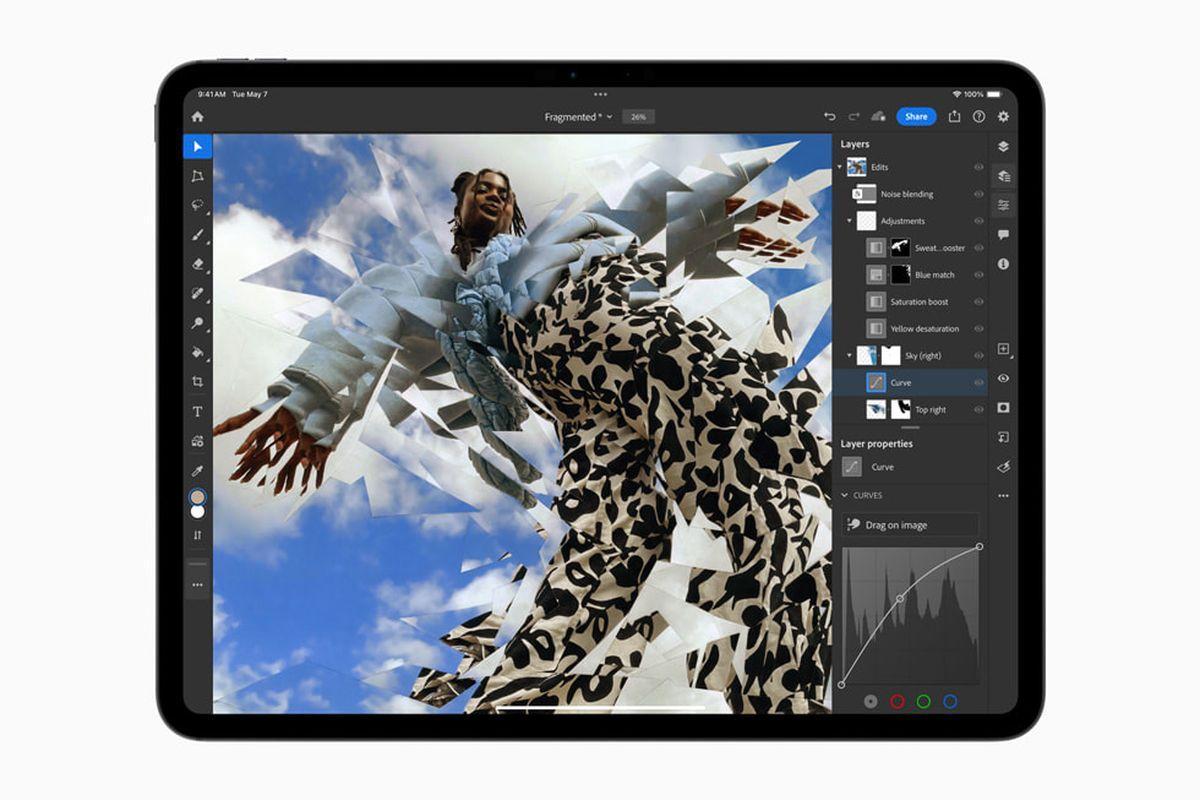Nearly two years after the last update, Apple has launched a redesigned iPad Pro and a new iPad Air. With prices set at $999 for the iPad Pro and $599 for the iPad Air, both models are already available for preorder and are scheduled to be released on May 15th.
The upgrades go beyond simple tweaks; the iPad Pro now boasts its first OLED display and a new M4 processor. Apple has also introduced a 13-inch version of the iPad Air, so consumers can now choose between 11- and 13-inch sizes for both models. Both tablets are compatible with the latest Apple styluses — the Apple Pencil with USB-C and the soon-to-be-released Apple Pencil Pro — offering a variety of options for users looking for a large tablet for either business or leisure.
While the iPad Air and iPad Pro appear similar at first glance, their internal specifications differ enough to merit a closer look to determine what sets them apart. Even though the iPad Pro is exceptionally sleek and sports a high-quality OLED screen, consumers should consider whether the premium of an additional $400 is worth it if the primary use is for casual entertainment.
iPad Pro 2024 vs iPad Pro 2022
To help you decide which tablet makes the most sense for you, we’ve compared the raw specs of both and highlighted the main differences so you can make an informed decision.
Let’s compare iPad Pro 2024 vs iPad Pro 2022:
Design and display
To aid in your decision-making process, we’ve conducted a comparison of the core specifications and key differences between the latest iPad models to help you choose the most suitable tablet for your needs.
Regarding price and aesthetics, Apple’s latest offerings show notable differences. Although we haven’t fully tested the tablets, our initial impressions of the iPad Pro highlighted its remarkably thin and lightweight design—even lighter than the iPad Air. However, the color options for the Pro model are limited to black and silver, contrasting with the iPad Air, which is available in dark gray, starlight gold, light purple, and light blue.
Both models are available in 11-inch and 13-inch sizes, but only the iPad Pro features the new Ultra Retina XDR display, incorporating dual OLED panels to achieve heightened brightness levels. This allows the iPad Pro to deliver a brightness of 1,000 nits for standard dynamic range (SDR) and high dynamic range (HDR) content, and peaks at 1,600 nits for HDR.
Its superior OLED display not only enhances contrast but also achieves deeper blacks compared to the iPad Air’s LED display, effectively eliminating issues with blooming where lighter areas bleed into the darker zones. Additionally, iPad Pro models with larger storage capacities—1TB and 2TB—offer an optional nano-texture glass to reduce glare.
The iPad Pro also supports Apple’s ProMotion technology, providing a maximum refresh rate of 120Hz, which is absent in the iPad Air. This feature enhances the smoothness of scrolling and gaming, and improves the responsiveness for digital artists using the Apple Pencil.

Performance
The latest iPad Pro is equipped with Apple’s M4 chip, whereas the new iPad Air utilizes the older M2 processor. Apple reports that the M4 chip provides a 50% increase in CPU performance compared to the M2 chip found in the previous generation of iPad Pro and likely outperforms the newly M2-equipped iPad Air as well. Additionally, the 1TB model of the iPad Pro comes with an enhanced 10-core M4 chip, a first for any iPad model to receive a specific processor upgrade. Notably, the new M4 processor is also more energy-efficient, using half the power compared to the previous generation M2 chip.
The M4 chip also includes a significantly more capable Neural Engine, which Apple claims is 60 times faster than the one in the A11 Bionic chip launched in 2017. It can perform up to 38 trillion operations per second (TOPS), a metric for the number of calculations it can process each second. While impressive, this figure still trails behind Qualcomm’s Snapdragon X Elite chip, which achieves 45 TOPS and is expected to be featured in upcoming Windows laptops.
Furthermore, the iPad Pro features enhancements in GPU performance, including hardware-accelerated ray tracing and mesh shading. These technologies are designed to aid game developers in enhancing complex visual scenes. The M4 chip also introduces Dynamic Caching technology to the iPad, optimizing memory usage across professional applications and games, thus enhancing overall performance.

Cameras and speakers
The iPad Air features a dual stereo speaker setup and two microphones, while the iPad Pro is equipped with a quad-speaker system and four microphones. If similar to its predecessor, the new iPad Pro will likely provide a superior audio experience with louder, more robust sound. Coupled with its OLED display, the iPad Pro is poised to continue being the premier choice for watching movies.
Regarding camera placement, Apple has relocated the front-facing cameras to the longer edge on both tablets, enhancing the video calling experience in landscape mode. Both models include 12-megapixel f/1.8 cameras; however, the iPad Pro exclusively offers an adaptive True Tone flash that helps eliminate shadows in scanned documents.

Pricing and storage
The pricing structure clearly distinguishes the new iPad Pro from the iPad Air. The Wi-Fi-only models of the 11-inch and 13-inch iPad Air are priced at $599 and $799, respectively, while their cellular versions are $749 and $949. These models have doubled their base storage from the previous year to 128GB and can be upgraded to as much as 1TB.
Conversely, the 11-inch iPad Pro starts at $999 and the 13-inch model at $1,299 for the Wi-Fi versions, with the cellular models beginning at $1,199 and $1,499, respectively. The iPad Pro models start with 256GB of storage—twice the base capacity of the new iPad Air—and can be expanded up to 2TB.
Do you need an upgrade?
When comparing iPad Pro 2024 vs iPad Pro 2022 think about this: If you require high-performance features, such as enhanced audio quality for multimedia consumption or superior display technology for visual tasks, the new iPad Pro may be a worthwhile investment. Its advanced capabilities make it ideal for professionals or enthusiasts who demand top-tier functionality for tasks like graphic design, video editing, or gaming. Additionally, the exclusive features like the adaptive True Tone flash and larger storage options further justify the premium for those with specific needs.
However, if you are a more basic user whose requirements extend to general web browsing, streaming, and regular app usage, opting for the older model or the new iPad Air could be more cost-effective. These models provide sufficient performance and features that meet everyday needs without the additional expense tied to the high-end specifications of the iPad Pro.
More from Apple Event:
- New iPad Pro models boast huge M4 chip
- Welcome new 11-inch and 13-inch iPad Airs
- Apple M4 chip: Everything you need to know
- New Final Cut Pro: Multicam for iPad and advanced AI for Mac
- New Logic Pro offers a plethora of AI-powered features
Featured image credit: Apple





